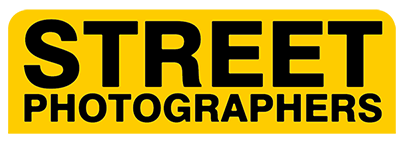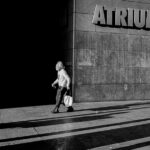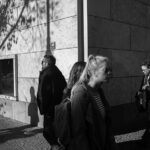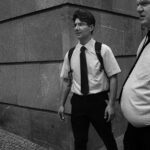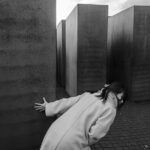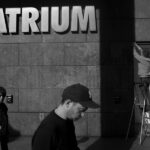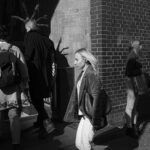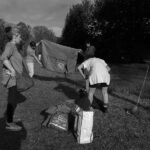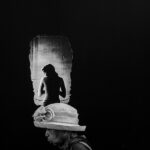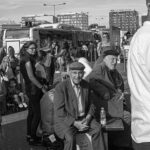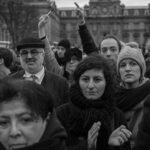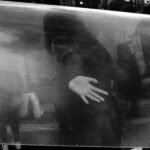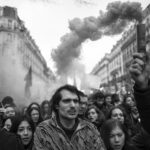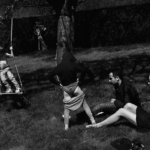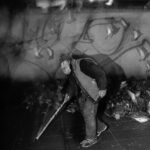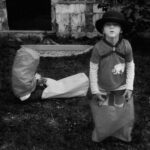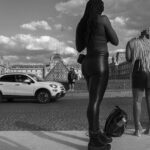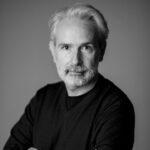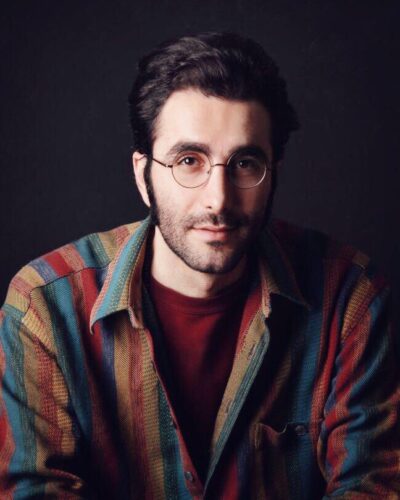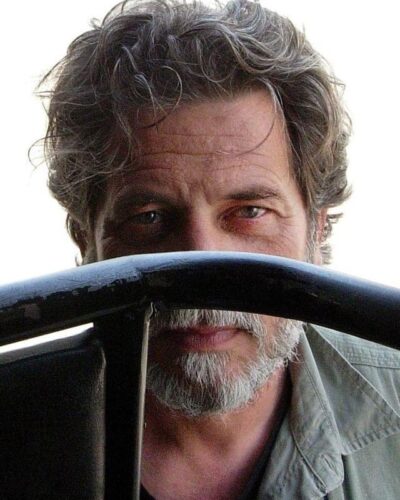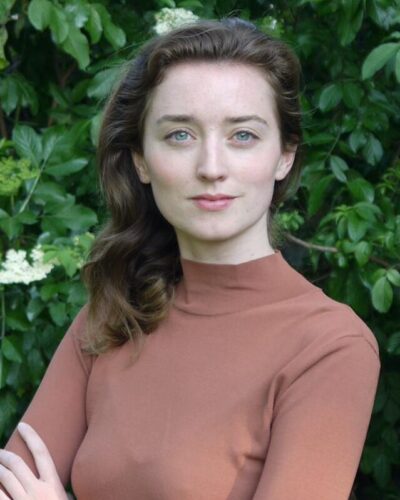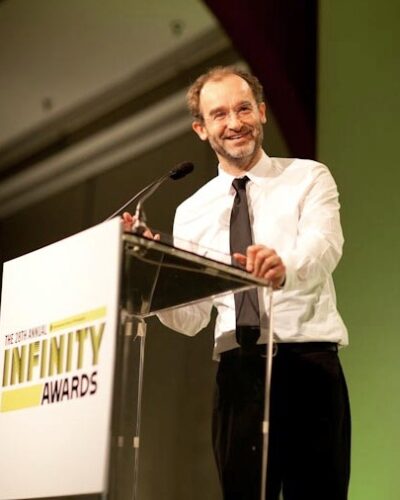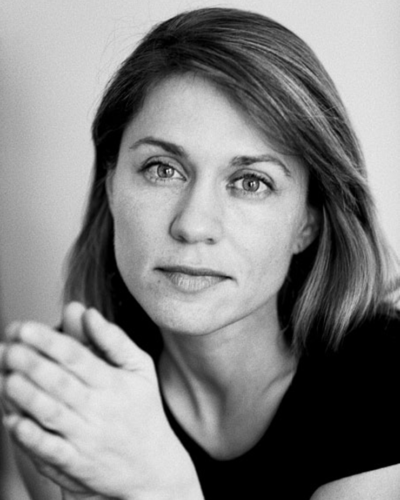Babak Bordbar
Babak Bordbar, born in 1984 in Iran, has started his professional career as a photojournalist and documentary photographer. A self-taught photographer, Bordbar began working professionally in the Iranian press in 2003. He has dedicated himself to documenting the social life of societies in Post Iran-Iraq war.
At the age of 24, he covered the 2009 uprising in Iran; which were published in international newspapers. Consequently, in 2010 he has been arrested and sentenced to prison.
In 2012 he journeyed through Iraqi Kurdistan, photographed the life of Peshmergas, the military forces of the autonomous Kurdistan Region in Iraq.
Now he is based in Paris and over years his practice has shifted from photojournalism to photography as art.
In the beginning I was documenting my surroundings. I was taking pictures of places I’ve been visiting, pictures of my family and friends.
I’ve discovered street photography very fast. Since that time, I’ve been fascinated in it and my camera is always with me. It is a very addictive and exciting activity which became a very important part of my life.
I am a finalist of the ‘Moment street photo awards and finalist of the Italian street photo festival.
About The Collection…
I remember as child everybody in my neighbourhood, where I grew up, used to call my friends an me the vagrants. Streets and parks were as a kind but strange host to our wandering adventures; still and after almost 30 years I do the same every single day yet with a camera in hand. With no plan and any particular destination I, like a stubborn reader and an eager spectator, review the context of the city and observe its sceneries. I experience, cognise and capture. The enthusiasm of observing people and happenings on the streets are day by day more attractive to me; I hardly get tired of wandering, even after hours of being on the same street.
These series ahead are Photographs taken in Paris and Berlin; Paris and its elegant history and Berlin with its constant evolution. In these images I aim to show another aspect of life, something like in 60s and 70s, when technology was progressing less rapidly as nowadays. By choosing analog photography — black and white or color negative films — and excluding modern life elements such as e-bikes, scooters, mobile phones etc. I demonstrate the old nostalgic spirit of cities and their residents. My photographs might not directly have the exact sense of decades ago but they do represent a noir manifestation of those years; photographs of unknown passers as if at the end of the day, when shadows go longer.
Now it is needed to redefine the vagrancy, the art of floating within the city and simultaneously discovering and recording the rapid changes in urban spaces. It is necessary to regenerate photography, as a modern painting of life and ultimately strolling by help of photography.
